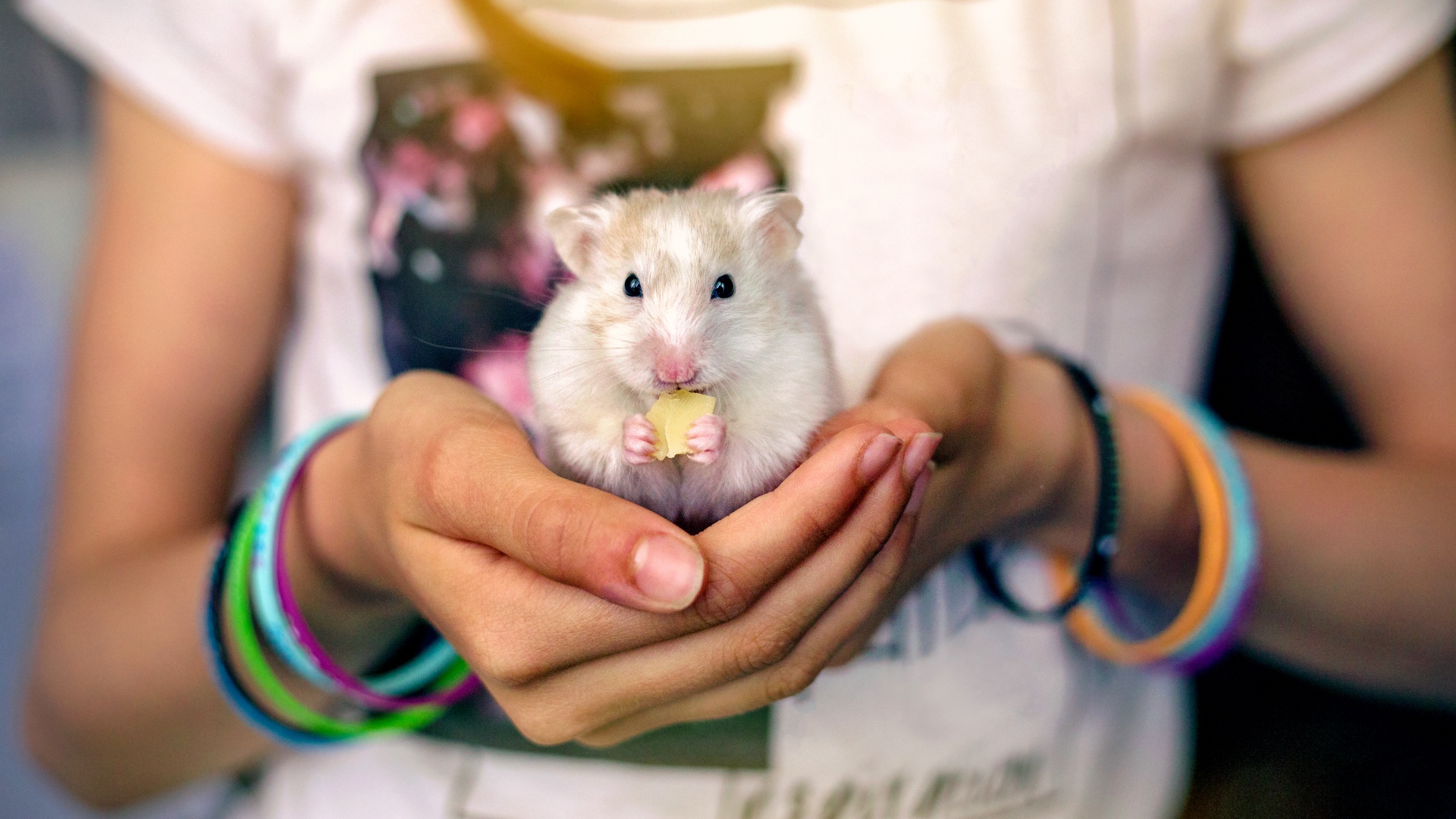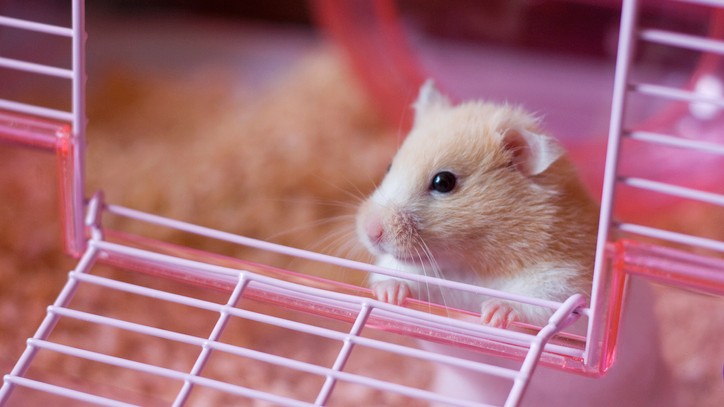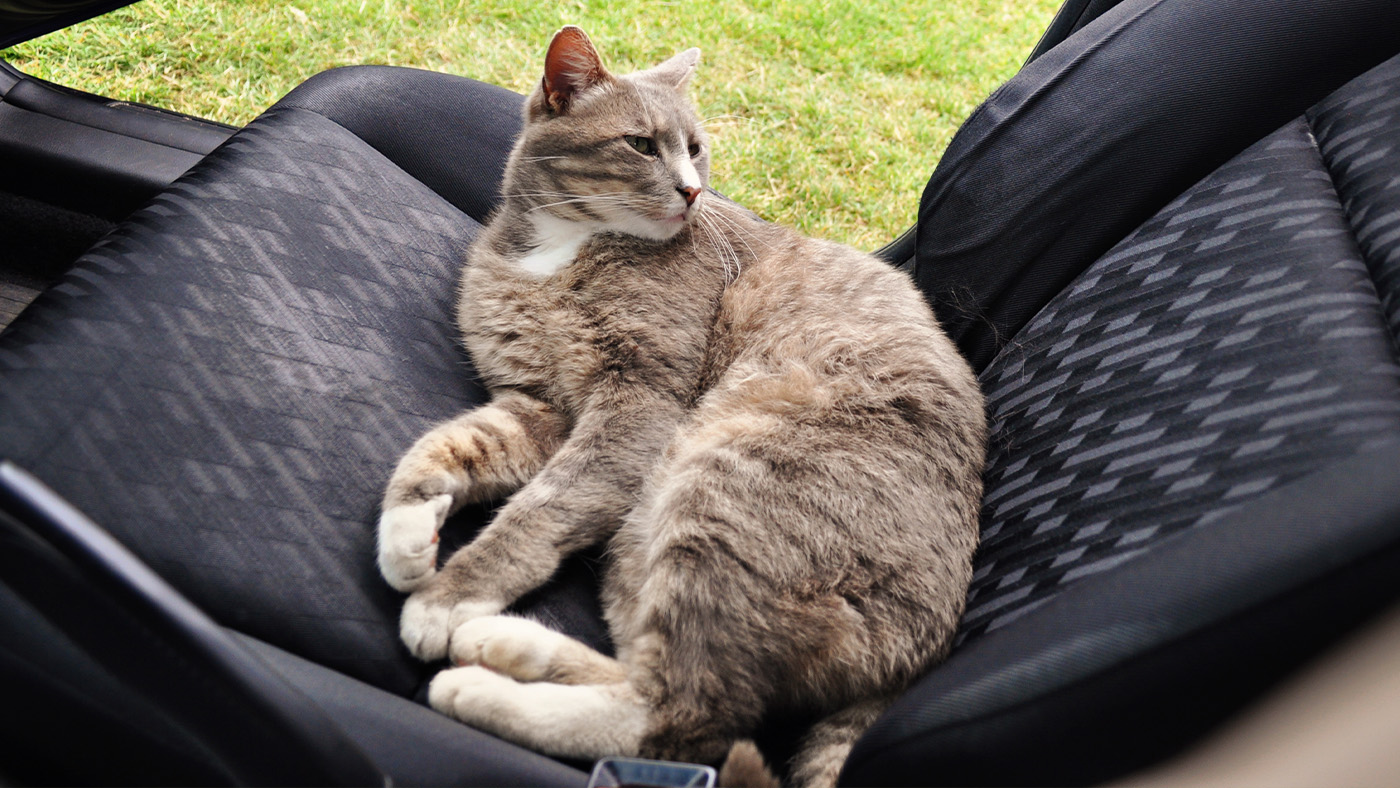How long can a hamster go without food?
Wondering, ‘How long can a hamster go without food?’ Here’s what you need to know.

If you’re new to the world of pocket pet parenthood, you might be questioning, ‘‘How long can a hamster go without food?’
We’d love to put them in the best hamster cage and spend all day with them, but of course, this isn’t always possible when we have work and other commitments. That’s why knowing how long you can leave them without topping up their food bowl is a good idea.
Whilst it’s not advisable, a healthy hamster can generally go several days without food or water. However, make sure you leave them with plenty of supplies if you’re going away, and have someone check that they’re doing okay.
Here’s everything you need to know about leaving your hamster, including how much food to leave them with. We’ve also explained the risks so you’re completely prepared:
How long can a hamster go without food?
Most hamsters can survive for around three to four days without any food or water. That’s because in the wild, hamsters are typically desert animals who will stash away resources for times of famine and drought, which means they likely already have some food hidden in their cage that you’re not aware of!
It’s important to remember that the three to four day rule is based on a number of factors:
- How healthy your hamster is
- How old they are
- How well you’ve taken care of them
- The temperature of the room they’re in
How long do hamsters live? Around two to three years, with those under three months and those over two years requiring more care than adult hamsters. The same goes for sick hamsters. Age and health may dictate an increased need for food and fluid or a different feeding pattern, so these are things worth considering.
What your hamster ate for their last meal will also affect how long they can go before they need to eat again. If they tend to eat protein-rich meals containing things like grains, seeds and pellets, they’ll feel fuller for far longer than if they’ve just consumed fruits and vegetables.
How to make sure your hamster has enough food and water when you’re gone
We recommend that if you’re going away, you have someone pop over to your house every day to check on your furry friend and replenish their food and water stocks. But if that’s not doable, don’t worry, it’s still possible for you to leave your hammy home alone for a weekend and come back to find him fighting fit.
You want to make sure that alongside leaving your pocket pet’s water tube full, you also leave them a mixture of dry and wet food. Dry food, like pellets, contain little to no water, whereas fruits and vegetables contain a lot of fluid, which will help keep your hammy topped up if they run out of water.
As well as popping pellets and grains in their cage, leave some cucumber, lettuce, and some pieces of strawberry, pear or apple. This will ensure they have everything they need while you’re away and will be more than enough to cover them for 48 hours - if you’re going to be gone for longer, increase the portions.
For example, for five days away, you’d want to provide the following:
- Around 150 ml of water
- ¼ - ½ cup dry food, that’s around two to three teaspoons for every day you’re away
- A dry biscuit or food stick to nibble on
- A few slices of water-based fruits and vegetables
If you have a greedy little hammy on your hands, we recommend erring on the side of caution and leaving some extra food to keep them happy. You don’t want to come back to a hangry hamster!
How long can I leave my hamster alone for?
There’s no hard and fast rule around how long your hammy can be left alone for and we recommend you always have someone on call who can stop by and check in on them while you’re out of town.
That being said, if it’s not possible to get a pocket pet sitter, then we advise that hamsters be left alone for no more than a week and that they’re left with adequate food and water. Any longer than this and your hamster (particularly if they’re highly social and used to being handled frequently) may start to feel your absence.

The risks of leaving your hamster alone for too long
Alongside the possibility of running out of food and water, which shouldn’t be an issue if you follow the guidelines above, there are other risks associated with leaving your hamster alone.
The first of these is that hamsters are well known for being expert escape artists, so you do run the risk that your furry friend may try and make a break for it while you’re away, wreaking havoc around the house while they’re at it.
If your hamster is known for their love of adventuring, you might want to consider placing their cage in the bathtub - that way, if they escape, there’s nowhere for them to go and no wires for them to chew through or other hazards that could pose a danger to them.
And while the best hamster toys are ideal for keeping your little one mentally and physically stimulated, avoid leaving them with any rope toys that they could get tangled up in or anything with small parts that they could swallow.
When you return home, make sure to give your hammy a thorough going over. Look for any signs of distress or illness, such as a runny nose, wheezing, any bald patches where there should be fur, loose stools, a lot of food and water left in their cage. And if you’re at all worried, take them to the vet immediately.
To find out what can hamsters eat and ways to keep your hamster happy, check out these features.
Science Selective Complete Hamster Food
This complete hamster food is a great choice for your furry friend, containing omega-3 and 6 from linseed and essential vitamins and minerals. It’s sugar-free and suitable for all hamster breeds.
PetsRadar Newsletter
Get the best advice, tips and top tech for your beloved Pets

Kathryn is a freelance writer who has been a member of the PetsRadar family since it launched in 2020. Highly experienced in her field, she's driven by a desire to provide pet parents with accurate, timely, and informative content that enables them to provide their fur friends with everything they need to thrive. Kathryn works closely with vets and trainers to ensure all articles offer the most up-to-date information across a range of pet-related fields, from insights into health and behavior issues to tips on products and training. When she’s not busy crafting the perfect sentence for her features, buying guides and news pieces, she can be found hanging out with her family (which includes one super sassy cat), drinking copious amounts of Jasmine tea and reading all the books.
- Megan MilsteadStaff Writer

